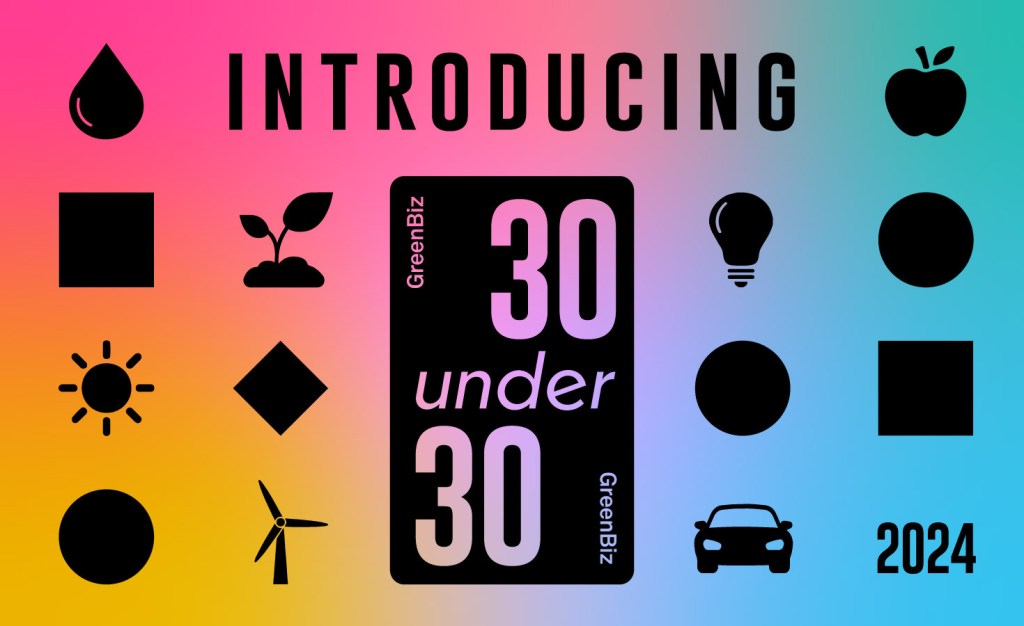3 tactics that make product sustainability leaders stand out
A study by Pure Strategies finds that clarity, self-assessment and sustainability integration make greener products and companies. Read More

Companies committed to product sustainability enjoy the benefits of manufacturing cost savings, brand enhancement, employee engagement and other important financial and organizational value. A study released by Pure Strategies, “Path to Product Sustainability,” discovered that companies achieving widespread benefits from their product sustainability programs share a common set of tactics that set them apart from other companies.
As a result, the report reveals the three key approaches to generate the most value from product sustainability efforts. With no single company in the study expecting a budget decrease in product sustainability, it is important to know what it takes to keep up or get ahead.
The Pure Strategies study was based on a survey with 100 global consumer product companies involved in product sustainability and in-depth interviews completed in February with heads, directors and managers of sustainability at companies implementing the best practices uncovered in the survey, including Coca-Cola, Henkel and Timberland. The insight from this research is what top companies are doing differently from the crowd. Pure Strategies’ managing director and cofounder Tim Greiner points out, “By learning from these leaders, our study points to a product sustainability path that can propel a company from preparing to progressing to performing at the highest level of product sustainability.”
1. Establishing clear corporate targets
The top achieving companies in the study have clear internal direction through corporate strategies that include product sustainability goals. Ninety-seven percent of these performing companies had such goals (compared to 70 percent of the rest of the sample). While many goals focus on manufacturing efficiency, more sustainable products is the next most common target. An effective approach emerging from the leaders is to put goals into business terms to complement core business activities, providing organizational alignment and accountability. This is accomplished with targets that connect revenue, innovation or the product portfolio to sustainability.
When consumer, home, health and personal care company RB determined that over 90 percent of its carbon and water impacts were from raw materials and consumer use, the organization set an ambitious goal of one-third of net revenue coming from more sustainable products by 2020. In addition to providing direction, this target accelerated advancement on product sustainability for the company through effective business alignment and engagement.
2. Assessing sustainability impacts to inform product decisions
Leading companies are using sustainability assessment tools to determine impacts and to inform their product decisions. The most valuable approach cited by the respondents in the study was supplier engagement, which often takes the form of audits, surveys and requirements to assess product sustainability and improve upon it.
Companies such as Timberland that are at the forefront of product sustainability have overcome common supplier engagement challenges by building trust with these business partners through long-term relationships and by helping them build capacity. Timberland evaluates its suppliers to identify opportunities to generate more business value from sustainability activities and works with them on training, development and implementation of environmental and social/labor management systems. In addition, industry-collaborative programs such as the Leather Working Group and the Sustainable Apparel Coalition have helped by providing a common framework that Timberland uses to evaluate its suppliers and to promote a high level of sustainability achievement according to these standards.
3. Integrating sustainability into product development
Bringing sustainability into the core of the business is a top challenge (PDF), but a leading practice for those companies that are generating widespread value from their product sustainability efforts. An important trend identified from the research is that top-performing companies seek to embed sustainability into the product development process, especially into the early phases. Notably, leaders are expecting to nearly triple product sustainability efforts at their bench-top/pilot product development in the next two years, with concept development set to double.
One critical way to integrate sustainability into product development is to incorporate environmental and social priorities into the management reviews in the product development process. For example, in Henkel’s product development stage gate process the management reviews product environmental and social attributes at the concept, development, pre-launch and launch phases to fully integrate sustainability from concept to commercialization. The evaluation at each stage is conducted with a different perspective, being more qualitative early on with a hotspot map to identify project priorities and evolves to a more quantitative assessment with an in-house tool that determines the impacts of design decisions during development and progress on the project priorities prior to commercialization.
 Building product sustainability strategy, assessment and business integration have proven to lead to widespread business benefits. Companies such as RB, Timberland and Henkel are committed to product sustainability and have shown that these three steps are critical approaches for a successful program.
Building product sustainability strategy, assessment and business integration have proven to lead to widespread business benefits. Companies such as RB, Timberland and Henkel are committed to product sustainability and have shown that these three steps are critical approaches for a successful program.
Now is the time to learn from the leaders and get on the path to product sustainability to achieve a range of important business benefits.
Three leaves image by Don McCullough via Flickr.













